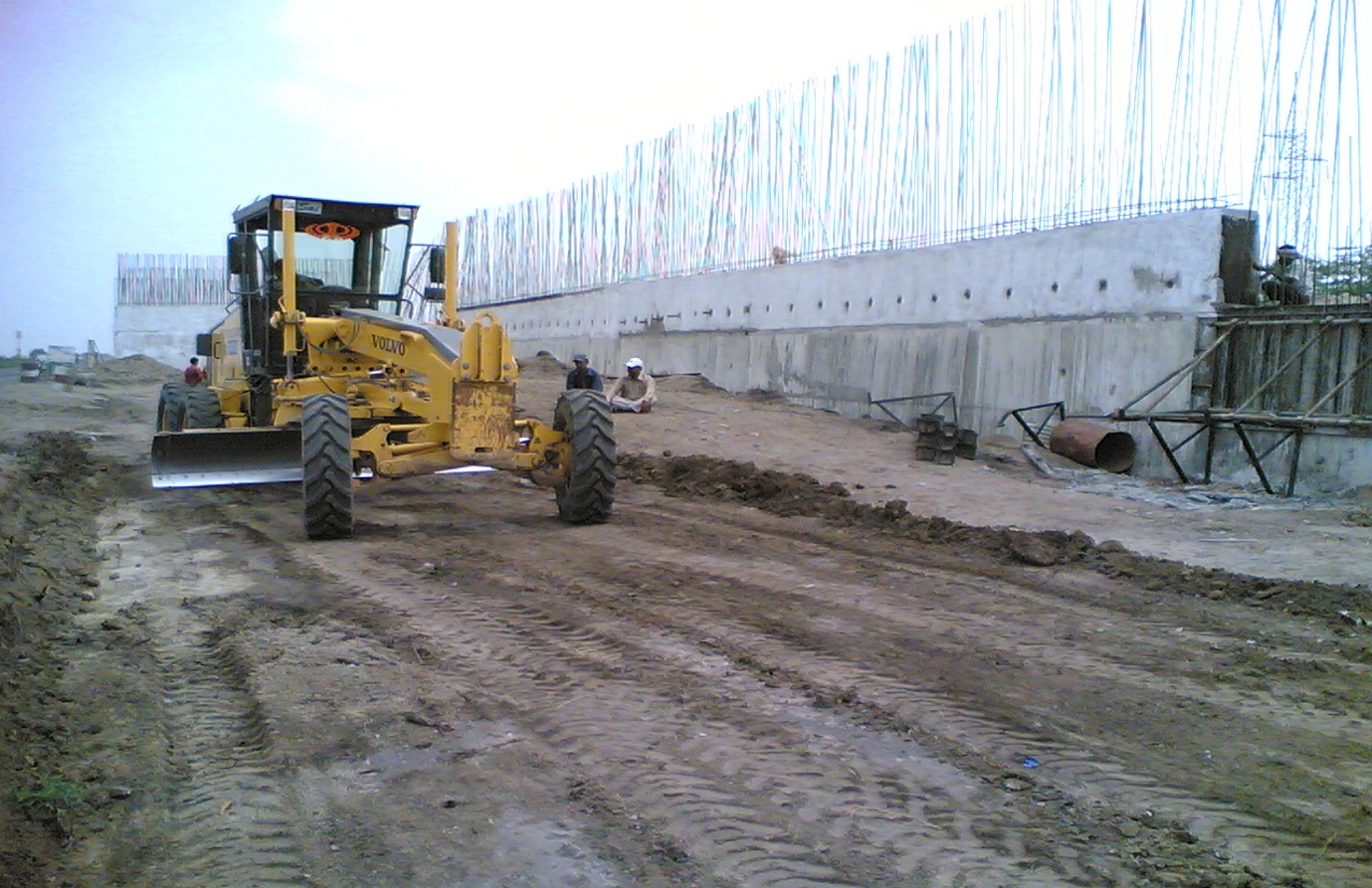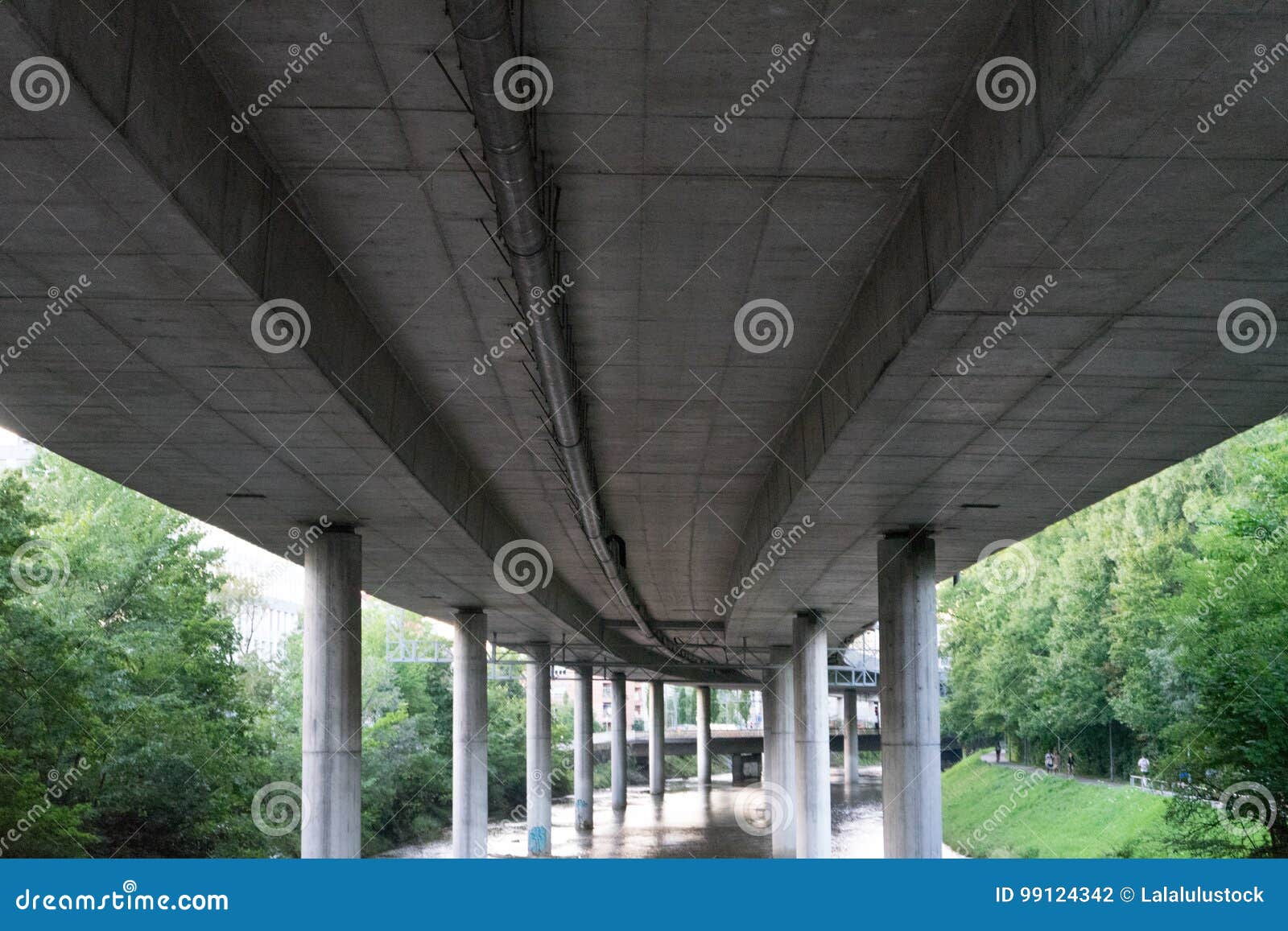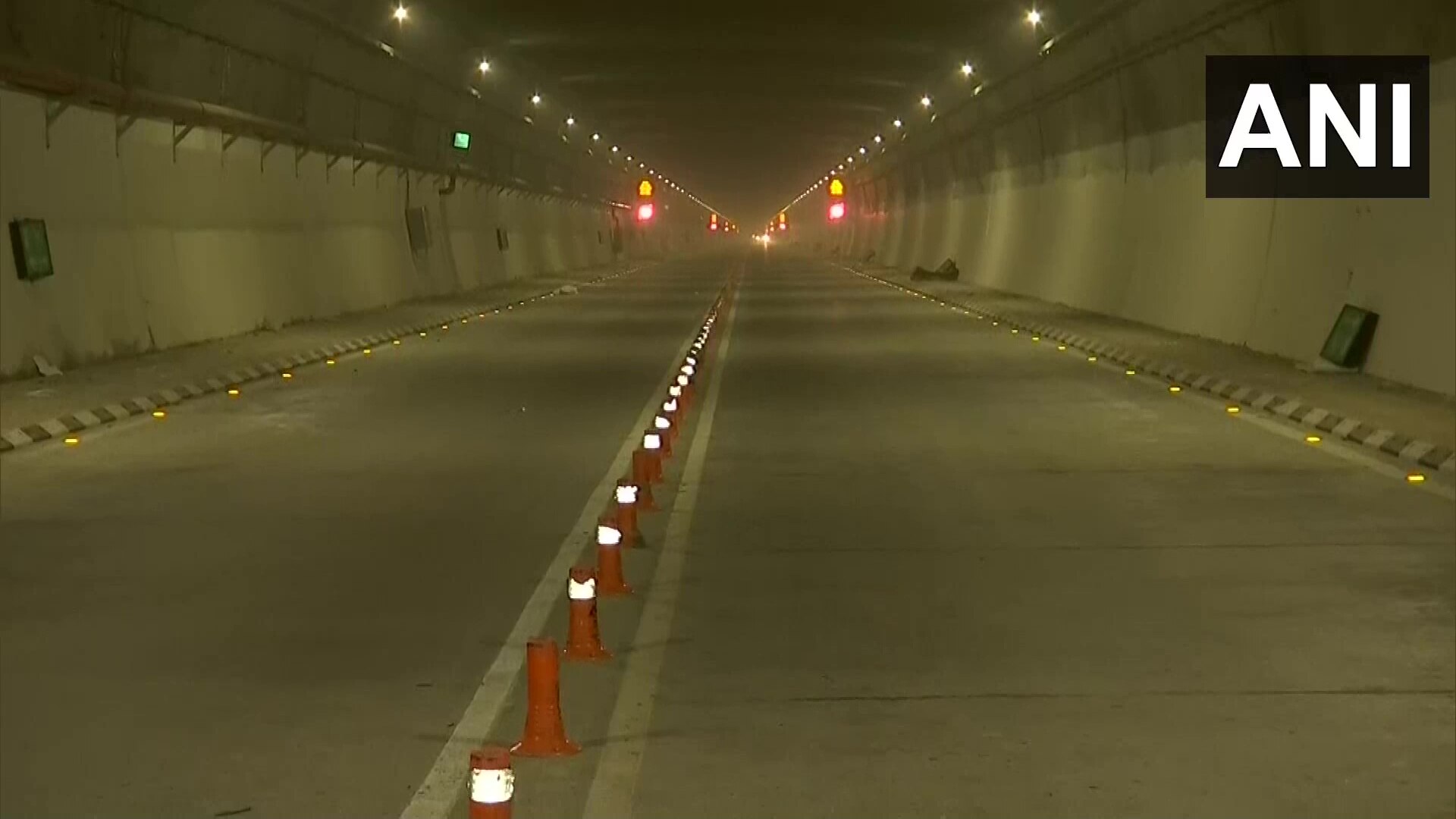

The largest and the most crucial core habitats and corridor paths for the conservation of both species are located in the southern part of the study landscape. Our results also indicated a high potential for large parts of the landscape to support the occurrence of these two canid species. For grey wolf, elevation, topographic ruggedness, and distance to Conservation Areas (CAs) were the strongest predictors for golden jackal, distance to human settlements, dump sites and topographic ruggedness were the most influential variables in predicting the occurrence of this species. In the present study, we used species distribution modeling to predict habitat suitability and connectivity modeling to predict linkage (resistant kernel and factorial least-cost path analyses) for grey wolf and golden jackal in central Iran.

Carnivore conservation requires the identification and preservation of core habitats and ensuring connectivity between them. The papers present a great variety in both geography and chronology and explore a wide range of topics such women’s voices in archaeological discourse researching race and ethnicity across time use of diversified science methods in Archaeology critical ethnographic studies diversity in the Archaeology of Death heritage studies archaeology of ‘scapes’ and more.Ĭentral Iran supports a diversity of carnivores, most of which are threatened by habitat loss and fragmentation. This volume consists of 30 papers which were presented in 7 different sessions. The theme for the 2020/2021 conference was Diversity in Archaeology which opened our conference to multiple interpretations, varied presentations and sundry perspectives from different regions of the world. The conference was developed to give students (from undergraduates to PhD candidates) in archaeology and related fields the chance to present their research to a broad audience. In 2017, Cambridge became the home of the conference and the name was changed accordingly. CASA developed out of the Annual Student Archaeology Conference, first held in 2013, which was formed by students at Cambridge, Oxford, Durham and York. Enhancing regional connectivity among western North America parks could serve as an important template for landscape-scale conservation in the 21st century.ĭiversity in Archaeology is the result of the fourth Cambridge Annual Student Archaeology Conference (CASA 4), held virtually from January 14–17, 2021. Similarly, linking Mount Rainier and North Cascades park assemblages would enhance mammal species persistence time by a factor of 4.3, on average, or ~305 generations relative to individual parks. This would enhance medium to large mammal species persistence time by factor of 4.3, on average, or ~ 682 generations relative to individual parks. Linking the Yellowstone and Glacier park assemblages by eliminating barriers to movement in identified mammal dispersal pathways and by incorporating adjacent wilderness areas and known ungulate migratory routes into a protected area network would greatly enlarge available habitat. We assess the value of enhanced regional connectivity for two hypothetical networks of national parks in western North America: the Yellowstone-Glacier network and the Mount Rainier-North Cascades network. We combine theoretically-derived species relaxation rates for mammal communities with empirically-derived pathways. Here we present a novel method having broad applicability for assessing enhanced regional connectivity on persistence of mammal diversity.

However, establishing linkages among protected areas could significantly reduce species-loss rates. Many protected areas worldwide increasingly resemble habitat isolates embedded in human-modified landscapes.


 0 kommentar(er)
0 kommentar(er)
